Repton was called upon to offer his services as an ‘improver of the landscape’.
As a result he soon had a steady flow of work. Repton returned to England determined to become a worthy successor to Lancelot 'Capability' Brown. Repton’s style continued on from Brown’s as he included a vision of the house and how it was placed with relation to the landscape surrounding it.

Repton saw gardening as an art form with the landscape as his canvas, his ideal being natural beauty enhanced by art.
Repton carried on the landscape gardening skills developed by Brown, introducing terracing as important to the foreground and gravel walks. He also reintroduced the flower bed and separate flower gardens.

Repton outlined his principles of landscape gardening in his book ‘Observations on the Theory and Practice of Landscape Gardening’ -
“The perfection of landscape gardening consists in the four following requisites. First, it must display the natural beauties and hide the defects of every situation. Secondly, it should give the appearance of extent and freedom by carefully disguising or hiding the boundary. Thirdly, it must studiously conceal every interference of art. However expensive by which the natural scenery is improved; making the whole appear the production of nature only; and fourthly, all objects of mere convenience or comfort, if incapable of being made ornamental, or of becoming proper parts of the general scenery, must be removed or concealed”.
Repton also published a book called ‘Sketches and Hints on Landscape Gardening’(1795). These books were based on his findings during his prolific career. For every client Repton would keep a record in a red leather bound book detailing proposals for changes, maps, plans, drawings, watercolours and before and after sketches. These became known as his famous Red Books some of which survive, leaving a legacy of innovative ideas and helping to shape a new ideology which remains a part of modern day landscaping practice.
Repton undertook over four hundred commissions during his thirty year career working on many important stately homes. One Repton garden, largely unchanged, can be viewed at Betchworth House in Surrey .
Repton was brilliant at taming and cultivating nature into functioning art but more than that was his ability to maximize the natural assets of the space that his genius inhabited.
My love my care,
Simone
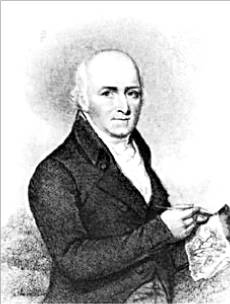

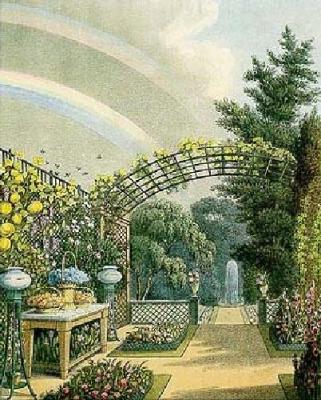
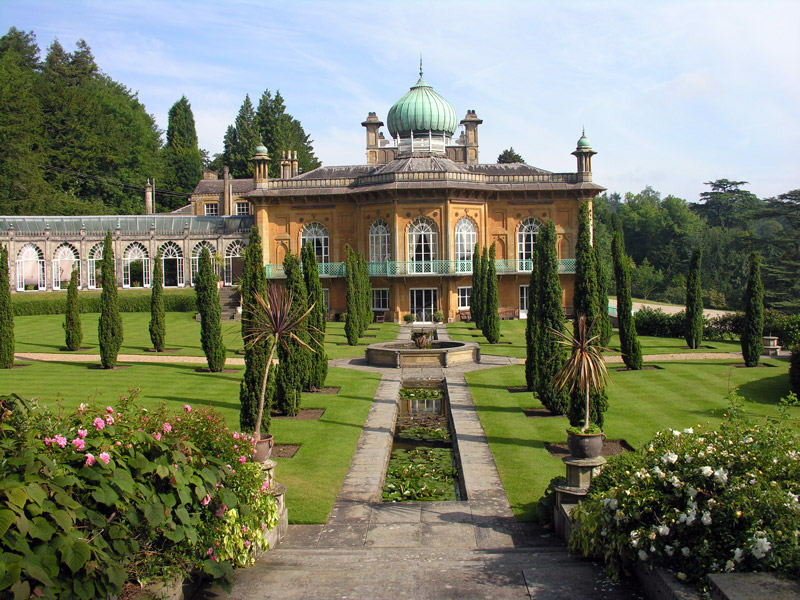
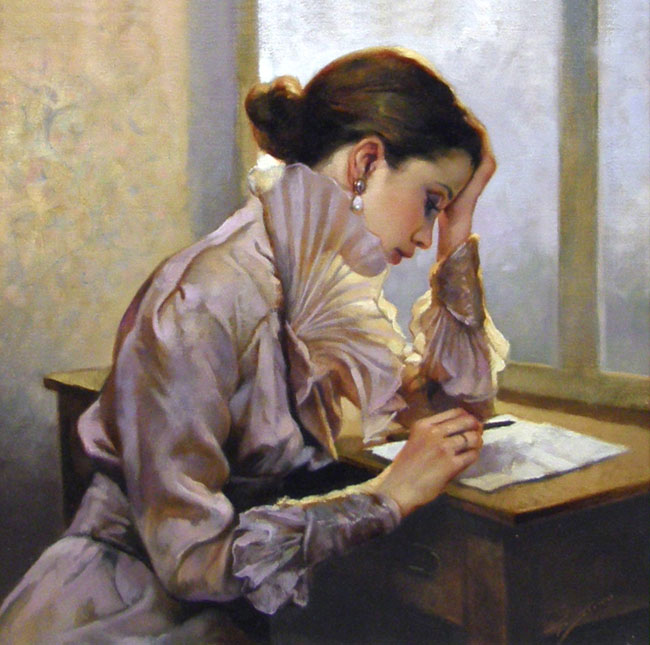



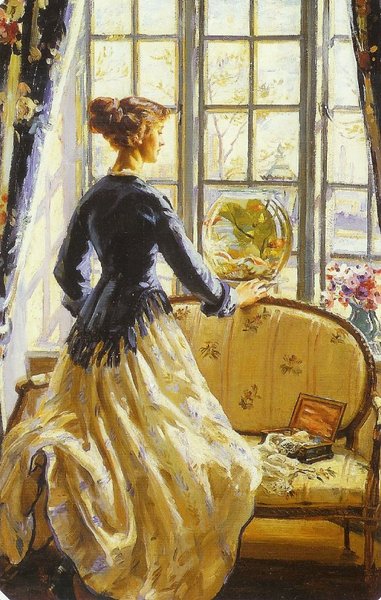


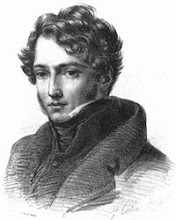





And The Chelsea Flower Show starts today.
ReplyDeleteAnother picture of Brighton, Simone? You're spoiling me!
Bisou, Cro.
The 'Naturalist' gardeners came right after the formal gardeners, who were literally terrified of wild views and scenery. They used to view landscapes through hand-held frames to keep them under control! Brown and the rest really thought they were letting tamed nature through the garden gate. I really liked that post, Simone.
ReplyDeleteWow, can I move there :)
ReplyDeleteLovely as always
I've love to have a garden like that ... and the help to maintain it! :-)
ReplyDeleteI certainly could use a few lessons from Repton.
ReplyDeleteBrilliant work! I love the old time gardens with stone and oak.
ReplyDeleteexcellent! most excellent! pgt
ReplyDeleteHeello mate nice post
ReplyDelete